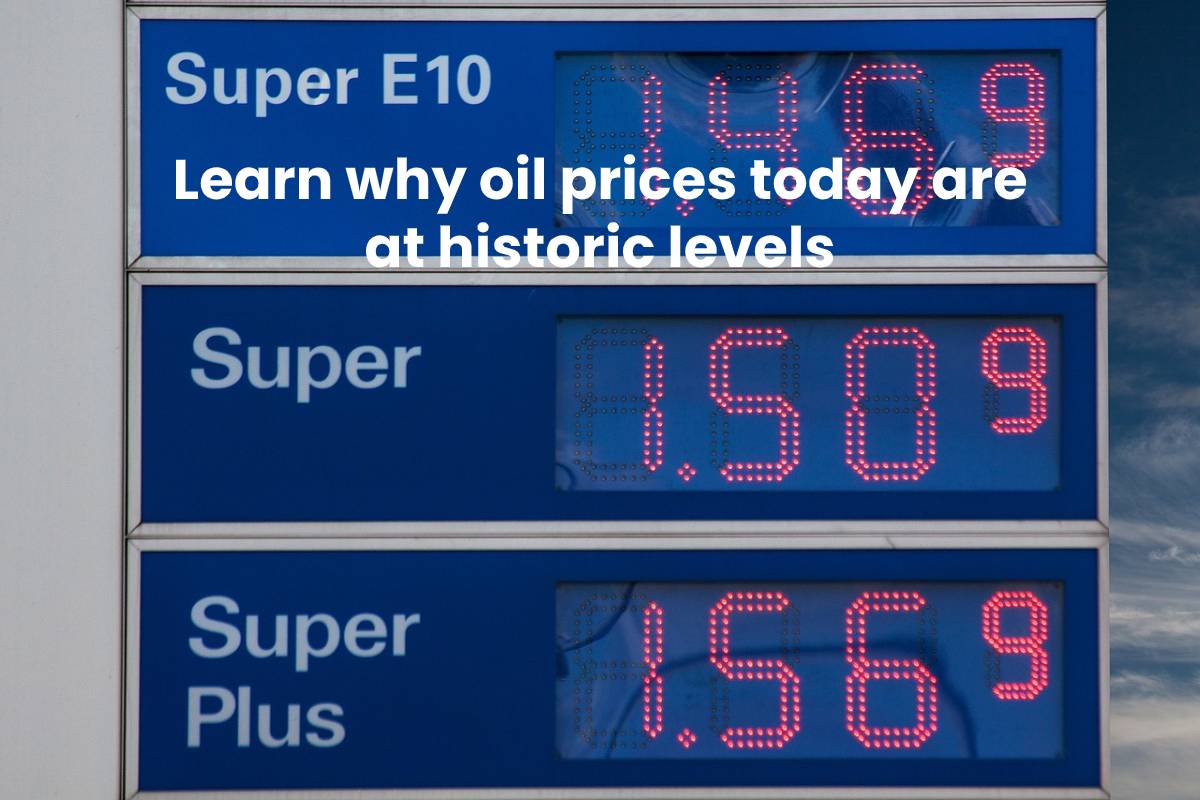Table of Contents
Increasing oil prices
The price of oil is a strategic macroeconomic variable. It reflects the multiple and varied pressures of demand in the world economy, directly impacting the inflation rate. The need for better and more reliable information is desirable but imperative.
In this article, we discuss a very particular segment of the international oil market, the futures market? How precisely does the quantity and quality of the information become a crucial factor in developing the market itself? And has two purposes: to describe the operation of the oil market. Futures and discuss their influence on the rebound in the price of a barrel of oil has reached historical levels, more than 80 dollars (USD).
The oil futures market
The first element of the last objective leads us to revisit the hypothesis of efficient markets that configures the oil industry. Due to the interdependence between national economies and a greater internationalization of production processes. This hypothesis had two segments that it is analytically healthy to rethink with the benefit of recent experience:
- i) That before the oil shocks of the 1970s, the oil industry expressed itself in the formation of small and inefficient markets. Due to high transaction costs, multiple operations, few direct transactions (arm’s length) and then reproducing that same cycle, since the process due to the lack of competition, information asymmetries, few long-term contracts, absence of markets for natural raw materials (commodities) (1) and, therefore, aggravated by insufficient transparency and nationalization processes.
- ii) But, after the oil shocks of the 1970s, the vertical integration of operational and financial functions in the oil industry reflects in lower transaction costs. Also, in operational simplification, a large number of arms-length transactions. Therefore, they convert into large and efficient markets.
The second element of the objective leads us to weigh the growing importance that future transactions have acquired at the current price of a barrel of crude, which for a long time could be determined by variations in physical inventories, given certain levels of supply and demand.
On September 27, 2007, the price of a barrel of oil for one-month delivery amounted to 81.55 USD. It was three times the cost of four years earlier. The considerable price increase reflects the strengthening of the factors affecting global oil demand, like reduced margins for remaining production and refining capacities, low inventory levels, climate change, among others. However, another factor involves explaining the strength of prices: speculative securities and compensation funds or hedges.
The increase in oil prices for short-term delivery associates with the unusual rise in oil price for relatively longer-term delivery. It suggest that higher-than-expected prices are becoming a long-lasting phenomenon, not a temporary one.



